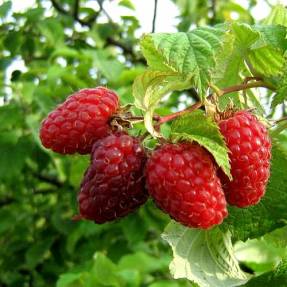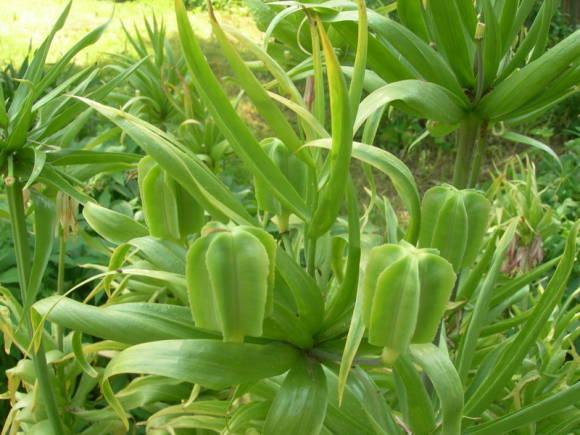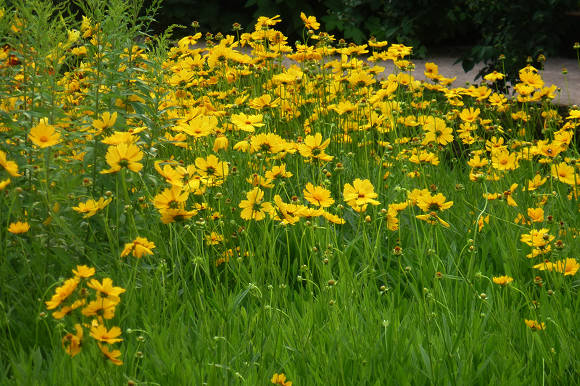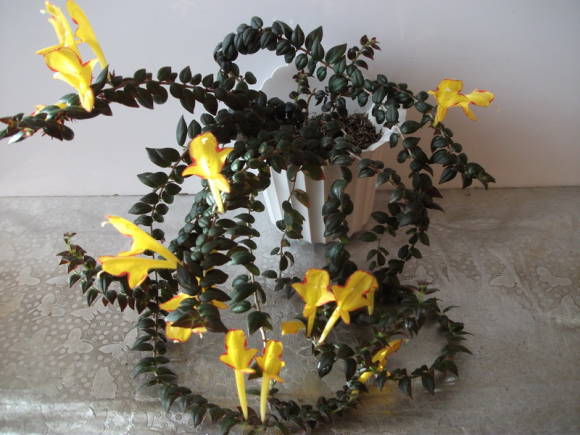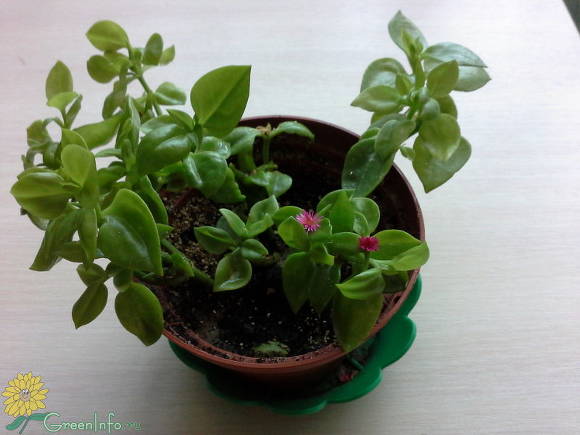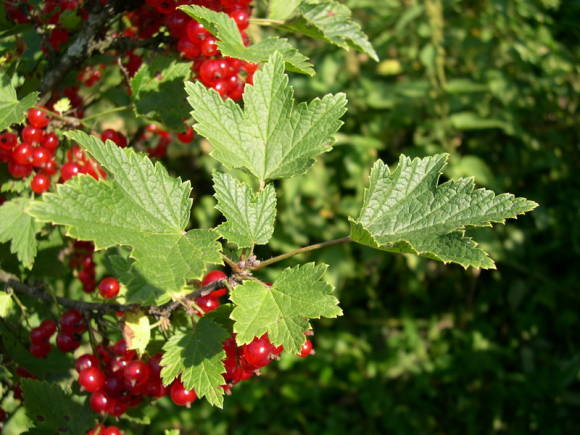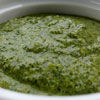If the main goal of growing cacti is to admire their delightful flowering, then there is no better object than rebutia. They are unpretentious, bloom easily, subject to the minimum care conditions. In addition, the flowers of rebucias
- appear at a very early age, sometimes already in the second year of life;
- numerous - there may be more than a hundred of them on an adult specimen;
- relatively large (usually about 3 cm in length and the same in diameter, but in some species - up to 6 cm) and very bright;
- hold for quite a long time (each - about 3 days).
In addition, the flowering of one specimen can last for several months. There are blooming forms. Since the flowering time of different species does not coincide, flowering rebuts in the collection can be seen from early spring to late autumn.
 |  |
 | |
In general - start rebutions - and you will be assured of a magnificent colorful show. True, among some part of cactus growers there is an opinion that the flowers of these plants are rather monotonous. Indeed, they do not have such variations in shapes, sizes, colors, smells, as, for example, in mammillaria. And yet, the flowers of rebucias have no less differences than in most other groups of cacti.
Let's start with the dimensions. Flowers can be almost miniature - about 15 mm in length and in diameter, as for example, in the well-known albiflora rebuts (Rebutia albiflora), yellow-flowered form remarkable Fabrisi's rebuts (Rebutia fabrisii), and, of course, have many faces rebutions of xanthocarp (Rebutia xanthocarpa)... In comparison with the named species, flowers rebutions of einsteinia (Rebutia einsteinii) or rebuces tarvitensis (Rebutia tarvitaensis) seem gigantic: they reach 6 cm in diameter. Unusually large "gramophone" is characteristic of one of the forms of the popular minuscule rebuses (Rebutia minuscule grandiflora).
 |  |
 | |
In the same plant, the flowers may be noticeably smaller than described, for example, if kept too dry. If many flowers (several dozen) open at once on rebutia, they are often inferior in size to single ones that have opened on the same plant. In young, first-blooming rebuts, the corollas are especially large. There are slightly more flowers that bloom first. Finally, the flower grows and over the several days of its life, it grows noticeably.
There are curious differences in the shape and structure of the flowers in the rebucias. They are all funnel-shaped. But the proportions of the "funnel" are very different. Most Weingartiumfor example, the flower tube is so short and wide that the flower can be considered rather bell-shaped. On the other hand, there are species in which the tube is so long and thin that the flowers are almost tubular, for example, the wonderful perplex rebutions (Rebutia perplexa)... In addition, their unusual shape is complemented by the "avant-garde" violet-pink color.
 |  |
 | |
Perianth lobes - "petals" are varied. There may be very few of them, and this gives a kind of sophistication to the flowers, like the albiflora rebutia and some forms rebuts of spegazziniana (Rebutia spegazziniana), or a lot, then the flower seems to be terry, for example, in rebutions of aureiflora rubriflora (Rebutia aureiflora rubriflora)... In addition, they are narrow and wide, long and short, with rounded or pointed tips. The petals of rebuts have one more property: in sunny warm weather, in wide-opening flowers, they bend outward in an arc. Sometimes it seems that the petals are curling, giving the corolla a very peculiar appearance, which is inherent in some forms of the well-known violaciflora rebuts (Rebutia violaciflora, it belongs to Rebutia minuscula).
Stamens can also participate in the formation of the appearance of a flower. So, in some forms of rebutia of the Spegazziniana, they protrude strongly from the corolla, forming an openwork golden crown over the dark red petals.
 |  |
 | |
But the most important thing, of course, is the color of the flowers. It is widely known that rebucias and ailoster they are predominantly red. But how many shades! All transitions from yellow to red. Scarlet, burgundy red, cherry, raspberry, with purple and pink shades of varying intensity.In this case, the color can be sparkling, shiny or matte. The group of red-flowered rebuts is a whole fireworks of tones and shades. Among the representatives of the genus, forms with pink flowers are common, from pale pale pink, almost white, to intense purple-pink. There are especially many of them among the mediocrews.and sulcorebutius. Perhaps it is among the pink-flowered forms that the most refined, spectacular or romantic ones are found. Of the actual rebucias, pale salmon-pink flowers have long been famous salmonea rebuts (Rebutia xanthocarpa salmonea) and pale pink - mysterious cariusian rebuts (Rebutia violaciflora kariusiana)... Intense purple-pink flowers are a hallmark of violaciflora rebutia. Among the Islosters, the relatively recent spread in collections is remarkable. rebutia narvecensis(Rebutia narvaecensis) – with pink-white petals and perplex rebutia (Rebutia perplexa), in which the flowers are the most dense, purple tones.
Numerous and varied pink-flowered forms in the group mediocream... Delicate overflows of various tones are characteristic of flowers of representatives of a large species. pygmy rebuts (Rebutia pygmaea)... And a real cascade of a very bright saturated pink-purple color is distinguished by flowers sulcorebutius... There are practically no pure and pale pinks among them, but how many lilac, purple, violet-pink!
 |  |
 | |
There are relatively fewer yellow-flowered forms in cacti of this genus, but there are also a lot of them. Of course, bright yellow corollas can be considered "classic" rebuts marsoneri(Rebutia marsoneri) and lemon yellow - at the form kesselringian(Rebutia senilis kesselringiana)... Small golden yellow flowers are beautiful rebuts fabrizi aurea (Rebutia fabrisii aurea)... Ailoster has no pure yellow color, but there are many forms with transitions from pale yellow-orange to orange. Among the various color variations of the same pygmy rebutia, there are still rare forms in collections with surprisingly delicate yellow or pinkish-yellow flowers (for example, Rebutia pygmaea diersiana)... Well-known "yellow" sulcorebutia - rebution arenasea (Rebutia arenacea), rebutia kruegeri (Rebutia krugerii), rebution of mensesi (Rebutia menesesii) and someother. Finally, yellow flowers of various shades are dominant in Weingartia.
 |  |
 | |
Rebucias (as well as cacti in general) rarely have forms with fawn flowers. These include one of the varieties of pygmy rebuts (Rebutia pygmaea pallida)... Unusual honey-yellow and pale orange shades distinguish flowers of some cultivated hybrids (for example, the variety "Snow Orange ").
Forms with white flowers are of particular interest. But there is no snow-white color among the representatives of the genus. Rebutia albiflora (Rebutia albiflora) outer petals of flowers are pinkish. The old variety «Meisterstuck "- rather creamy with greenish outer petals. Lovers of unusual rarities should look for a rebution «Rose of York " and shape mixta pygmy rebuts. According to the descriptions, it is these cacti that have a white corolla color.
 |  |
 | |
But that's not all, because there are shapes with multi-colored petals. The throat and tips of the petals are often noticeably different in color. For example, in the center the flower is yellow, and the ends of the petals are scarlet; or the center is white and the ends of the petals are purple-pink. Among the beautiful rebutius eos (Rebutia pygmaea eos) there are specimens with a bright pink longitudinal stripe on pale pale pink petals. Interesting are some mediolobivia and ailostera, in which the outer petals are pale yellow, and the inner ones are bright orange-red.
The external variety of rebutius flowers is complemented by the curious circumstance that they often have a delicate exotic aroma in sulcorebutia and weingartia.
Take a closer look - the world of blooming rebucias is diverse and endlessly interesting.
D. Semenov,
